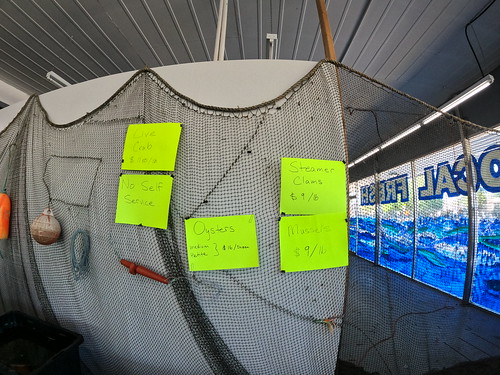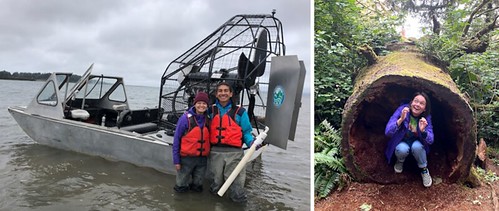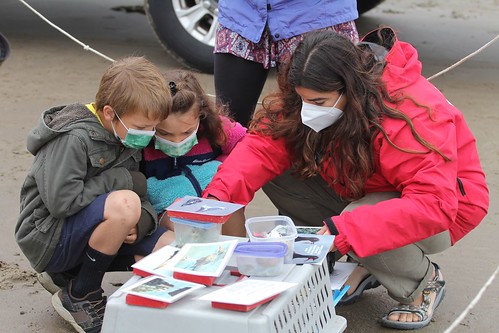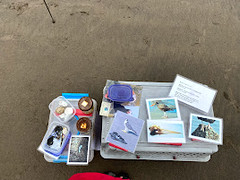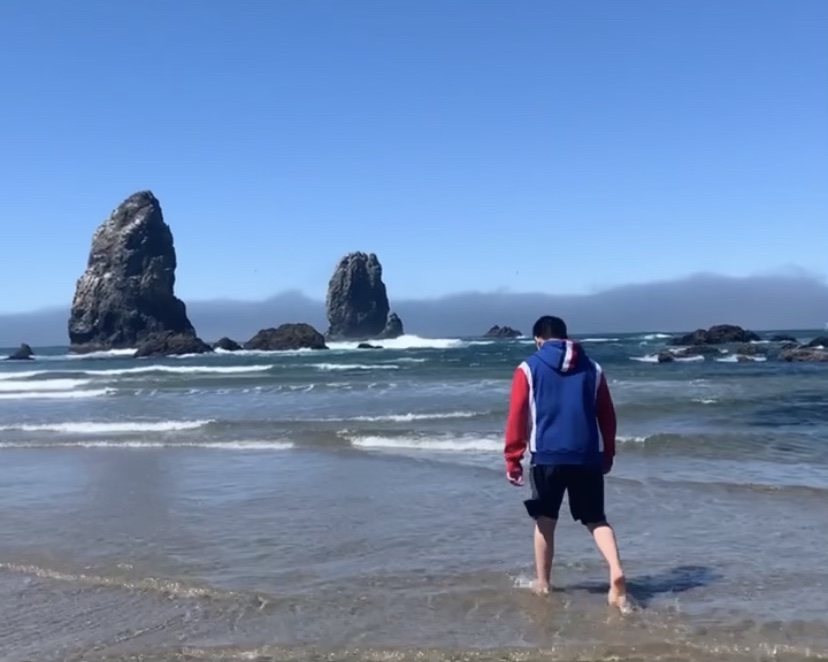Working with the Oregon Coastal and Ocean Information Network (OCOIN) has provided me the unique opportunity of seeing the intersection of science and policy. OCOIN was established to facilitate collaboration between researchers and policymakers. When I first started with OCOIN, I primarily imagined OCOIN as an organization that makes research more available to policymakers. While this is a significant part of OCOIN, I also have begun to see OCOIN as the entity that can provide policymakers the opportunity to connect with researchers about future research needs. This collaborative relationship is imperative for the health of our coasts.

The lesson that stands out the most so far in my learnings with OCOIN is that this type of collaboration takes time. I had initially thought that the goals I had for my internship would be easier to accomplish. However, like any relationship, you must invest time and energy to create a lasting connection. This is a beautiful thing; the steering committee at OCOIN comprises individuals from various organizations throughout Oregon. While each person works for a different organization, they have a familiarity with each other, making it seem as though they work side-by-side. It is this healthy network of organizations that has been most inspiring for me throughout my internship. After college, I look forward to working for an organization that networks with others in the field.
One of the agencies that has stood out to me the most is Oregon’s Department of Land Conservation and Development (DLCD). A couple of people from the OCIOIN steering committee work for DLCD, and they have been very helpful during my onboarding process. They have provided professional development opportunities such as ArcGIS trainings and an invite to a DLCD coastal staff meeting. Each person in the coastal staff meeting was very welcoming and introduced themselves to the other OCOIN intern and me. I feel lucky to have had the opportunity to learn about so many various roles within an organization. The meeting left me excited to finish my degree and start working for an organization that helps drive change in Oregon.

